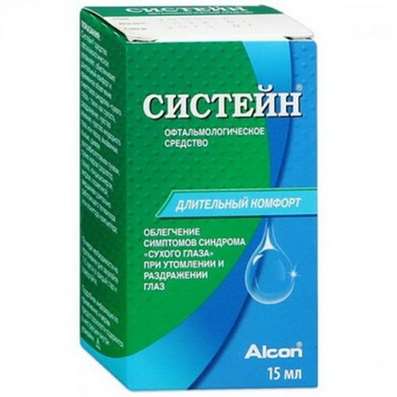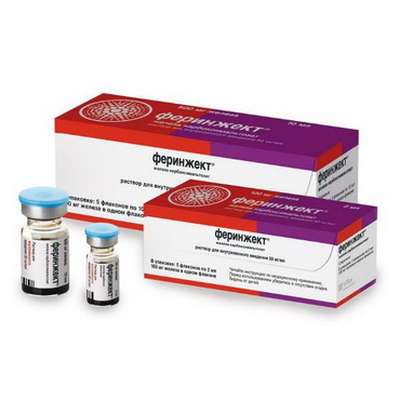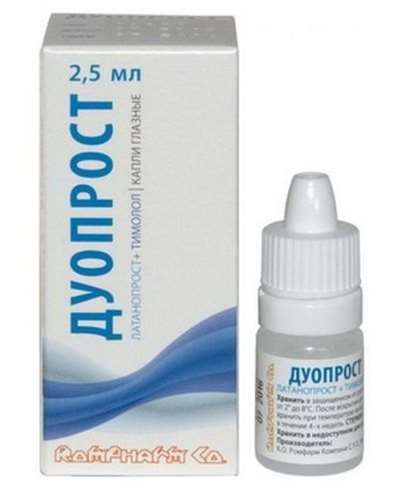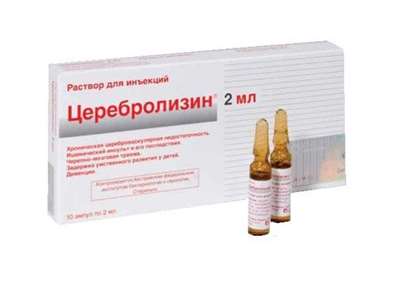Instruction for use: Rofecoxib (Rofecoxibum)
I want this, give me price
Pharmacological group
NSAIDs – Coxiba
Nosological classification (ICD-10)
M15-M19 Osteoarthritis
N94.4 Primary dysmenorrhea
Primary functional dysmenorrhea, Pain in primary dysmenorrhea, Primary algodismenorea, Menstrual cramps
R52.9 Unspecified Pain
Pain after cholecystectomy, Pain shooting, Non-malignant pain, Obstetric and gynecological pain, Pain syndrome, Pain in the postoperative period, Pain in the postoperative period after orthopedic surgery, Pain of inflammatory genesis, Pain than cancer genesis, Pain syndrome after diagnostic procedures, Pain after surgery Diagnostic, Pain after surgery, Pain after orthopedic surgery, Pain after injuries, Pain after the removal of hemorrhoids, Pain at the non-rheumatic inflammation of nature, Pain in inflammatory lesions of the peripheral nervous system, Pain in diabetic neuropathy, Pain in acute inflammatory diseases of the musculoskeletal system, Pain when the tendon pathology, Pain smooth muscle spasm, Pain spasm of smooth muscles (renal and biliary colic, intestinal spasms, dysmenorrhea), Pain spasm of smooth muscles of internal organs, Pain spasm of smooth muscles of internal organs (kidney and biliary colic, intestinal spasms, dysmenorrhea), Pain in trauma syndrome, Pain with injuries and after surgical interventions, Pain in chronic inflammatory diseases of the musculoskeletal system, Pain with duodenal ulcer, Pain syndrome in gastric ulcer, Pain syndrome in gastric ulcer and duodenal ulcer, pain, Pain during menstruation, pain syndromes, painful condition, Painful foot fatigue, Sore gums when wearing dentures, Soreness of the cranial nerves exit points, Painful menstrual irregularities, Painful dressings, Painful muscle spasm, Painful teeth growth, Melosalgia, Pain in the area of the surgical wound, Pain in the postoperative period, Pain in the body, Pain after diagnostic procedures, Pain after orthopedic surgery, Pain after surgery, The pains of the flu, Pain in diabetic polyneuropathy, Pain for burns, Pain during sexual intercourse, Pain during diagnostic procedures, Pain during therapeutic procedures, for colds Pain, Pain in sinusitis, Pain in trauma, Pain traumatic, The pain in the postoperative period, Pain after diagnostic procedures, The pain after sclerotherapy, Pain after surgery, postoperative Pain, Pain postoperative and posttraumatic, posttraumatic pain, Pain when swallowing, Pain in infectious and inflammatory diseases of the upper respiratory tract, The pain of burns, The pain in traumatic muscle injury, Pain in trauma, The pain of tooth extraction, The pain of traumatic origin, Pain caused by spasm of smooth muscles, Expressed pain syndrome, Expressed pain syndrome, traumatic origin, Postoperative pain, Post-traumatic pain, Post-traumatic pain syndrome, Torpid pain, Traumatic pain, Traumatic pain, Mild pain, Moderately severe pain, Moderate pain, Polyarthralgia with polymyositis
Code CAS 162011-90-7
Characteristics of Rofecoxib
The powder is white or whitish-yellowish in color. Poorly soluble in acetone, slightly soluble in methanol and isopropyl acetate, very slightly soluble in ethanol, practically insoluble in octanol, insoluble in water.
Pharmacology
Pharmacological action - anti-inflammatory, antipyretic, analgesic.
Highly specifically inhibits COX-2, inhibits the formation of anti-inflammatory prostaglandins. In therapeutic concentrations in humans does not affect the activity of COX-1.
When pregnant doses were administered twice to the recommended daily dose for a human, a decrease in the diameter of the botulinum duct was observed in the fetuses. In studies of reproductive function in rats and rabbits, when doses exceeding the recommended daily dose for humans were 29 and 2 times, respectively, there were no congenital anomalies in the offspring.
After oral administration, it is well absorbed from the digestive tract, bioavailability is more than 90%. Binding to plasma proteins is about 90%. Cmax is achieved after 2 hours. It is subjected to biotransformation in the liver with the formation of six inactive metabolites. It is excreted primarily by the kidneys (72% in the form of inactive metabolites, less than 1% in unchanged form) and with feces (14% unchanged). Plasma clearance is about 120 ml / min.
Application of Rofecoxib
Osteoarthritis (acute, chronic), relief of pain syndrome, treatment of primary dysmenorrhea.
Contraindications
Hypersensitivity, incl. to other NSAIDs.
Restrictions for use
Anamnestic information about the development of asthmatic attacks, hives, or other allergic reactions when taking salicylates or other NSAIDs; renal failure - with creatinine clearance less than 30 ml / min (no clinical experience in this category of patients), moderate or severe liver function disorders, children's age (safety and efficacy in children not defined).
pregnancy and lactation
Contraindicated in the III trimester of pregnancy (possibly premature infestation of Botallov duct in the fetus). It is possible in the first and second trimesters of pregnancy, if the expected effect of therapy in the mother exceeds the potential risk for the fetus (adequate and strictly controlled studies on the application were not conducted). For the duration of treatment, breastfeeding should be discontinued.
Side effects
From the nervous system and sensory organs: dizziness, drowsiness, weakening of the speed of thinking, confusion, hallucinations.
From the cardiovascular system and blood (hematopoiesis, hemostasis): ≥ 2% - arterial hypertension, congestive heart failure.
On the part of the digestive tract: ≥ 2% - heartburn, nausea, diarrhea, dyspepsia, discomfort in the epigastric region; vomiting; in isolated cases - ulceration of the mucous membrane of the oral cavity.
On the part of the genitourinary system: a reversible decrease in kidney function, including kidney failure.
Allergic reactions: angioedema, itching, rash, urticaria.
Other: ≥ 2% - edema of the lower limbs; ≥ 1% - increase in ALT and / or AST.
Interaction
May increase the concentration of methotrexate in the blood. With simultaneous administration with warfarin, prothrombin time increases. Rifampicin reduces plasma concentration by 50%.
Routes of administration
Inside.
Precautions for Rofecoxib
They are used with caution in patients with a history of gastric ulcer and duodenal ulcer, with edema, uncompensated heart failure, liver cirrhosis, in patients older than 65 years. Against the backdrop of severe renal or hepatic insufficiency, careful monitoring of kidney / liver function is necessary. In patients with dehydration, rehydration before the start of treatment is desirable.

 Cart
Cart





